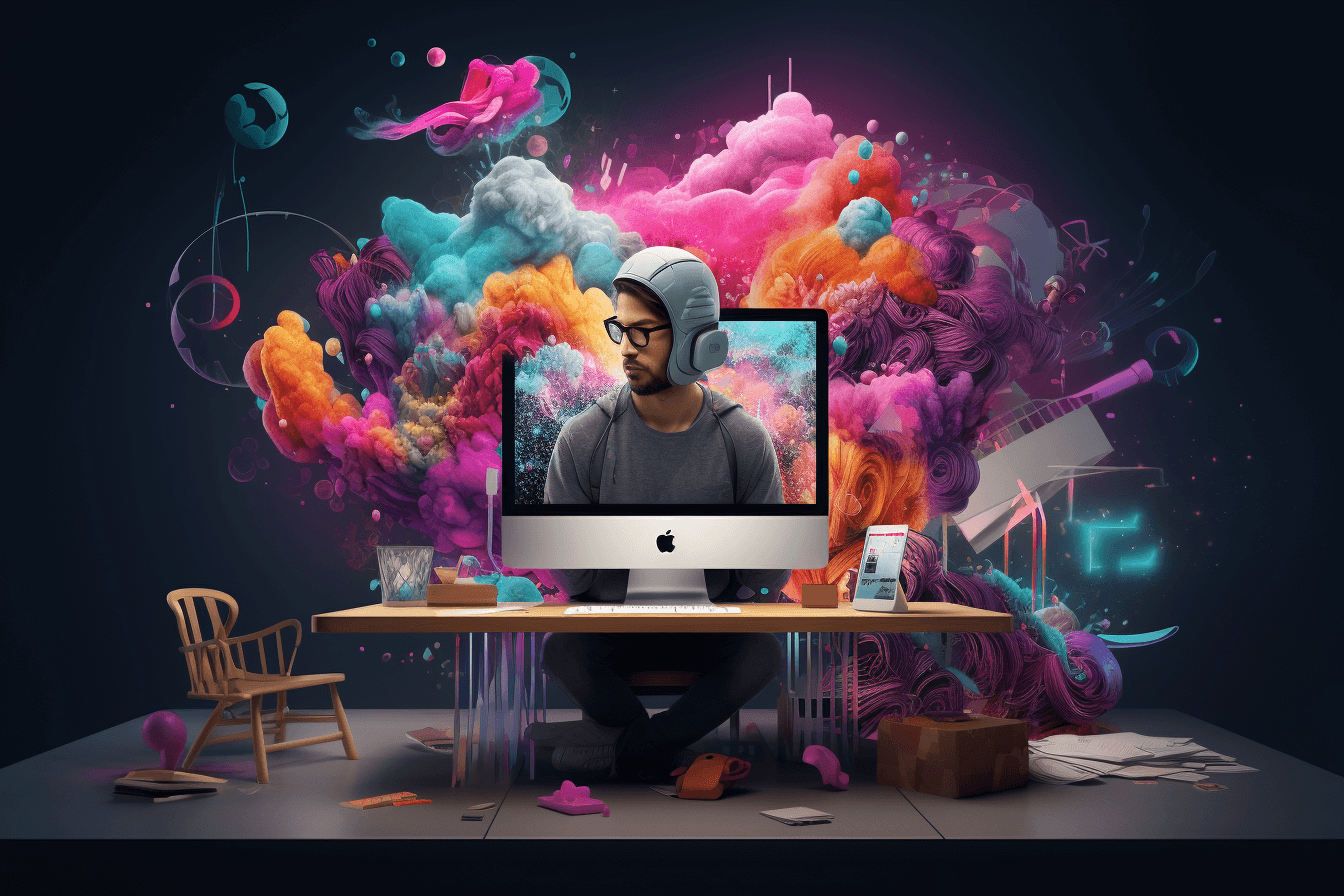The world of design has been revolutionized with the advent of AI for design prototyping. This powerful tool is reshaping the creative landscape, making it essential for digital creators to embrace these advancements. In this article, we will explore how AI is transforming the design process, offering insights into its applications and benefits.

Understanding the Role of AI in Design
Artificial Intelligence, or AI, is no longer a futuristic concept. It is a reality that is being integrated into various industries, including design. By automating mundane tasks and providing intelligent insights, AI is paving the way for more efficient and innovative design processes.
The Need for AI in Prototyping
Design prototyping is a crucial phase in the development process. It allows designers to create models and test ideas before final production. With AI, this process becomes faster and more accurate, reducing time-to-market and enhancing creativity.
Benefits of AI in Design Prototyping
Speed and Efficiency
AI enhances speed and efficiency by automating repetitive tasks, allowing designers to focus on creativity. This automation reduces the time spent on manual adjustments and iterations.
Improved Accuracy
By utilizing AI, designers can achieve greater accuracy in their prototypes. AI algorithms analyze data and predict potential design flaws, ensuring higher-quality outputs.
Cost-Effectiveness
AI-driven prototyping reduces costs associated with manual labor and errors. By minimizing these expenses, companies can allocate resources more effectively.
Applications of AI in Design
AI in Graphic Design
The influence of AI in graphic design is profound. From generating design ideas to creating complex graphics, AI tools are empowering designers to push creative boundaries. For more on this topic, visit ManyPixels.
3D Modeling
AI is instrumental in 3D modeling, enabling designers to create intricate models with ease. The integration of AI in 3D modeling facilitates rapid prototyping and customization.
Packaging Design
In the realm of packaging, AI is redefining design standards. By analyzing consumer trends and preferences, AI tools help in crafting innovative packaging solutions. Learn more at AI in Packaging Design.
The Future of AI in Design Prototyping
Integration with Other Technologies
The future of design prototyping is intertwined with AI and other emerging technologies. By combining AI with augmented reality (AR) and virtual reality (VR), designers can create immersive prototypes that offer realistic user experiences.
AI-Driven Customization
Customization is a significant trend in design, and AI is at the forefront of this movement. By leveraging data analytics, AI enables personalized design solutions that cater to individual preferences.
Enhancing Creativity
Contrary to the belief that AI stifles creativity, it actually amplifies it. By handling routine tasks, AI allows designers to explore new ideas and push creative limits.
Challenges and Considerations
Ethical Implications
As with any technology, AI comes with ethical considerations. Designers must be mindful of bias in AI algorithms and ensure their designs are inclusive and fair.
Skill Development
To fully harness the power of AI, designers need to upskill and adapt to new tools. Continuous learning will be crucial in staying competitive in the evolving design landscape.
Conclusion
The integration of AI for design prototyping is revolutionizing the industry, offering unprecedented opportunities for innovation and efficiency. As digital creators embrace these advancements, the future of design looks promising and limitless.

FAQs
How does AI improve design accuracy?
AI improves design accuracy by analyzing data and predicting design flaws, ensuring high-quality outputs.
What are the cost benefits of using AI in prototyping?
AI reduces costs by automating tasks and minimizing errors, allowing for more effective resource allocation.
Is AI replacing human creativity in design?
No, AI complements human creativity by automating routine tasks, enabling designers to focus on innovative ideas.







